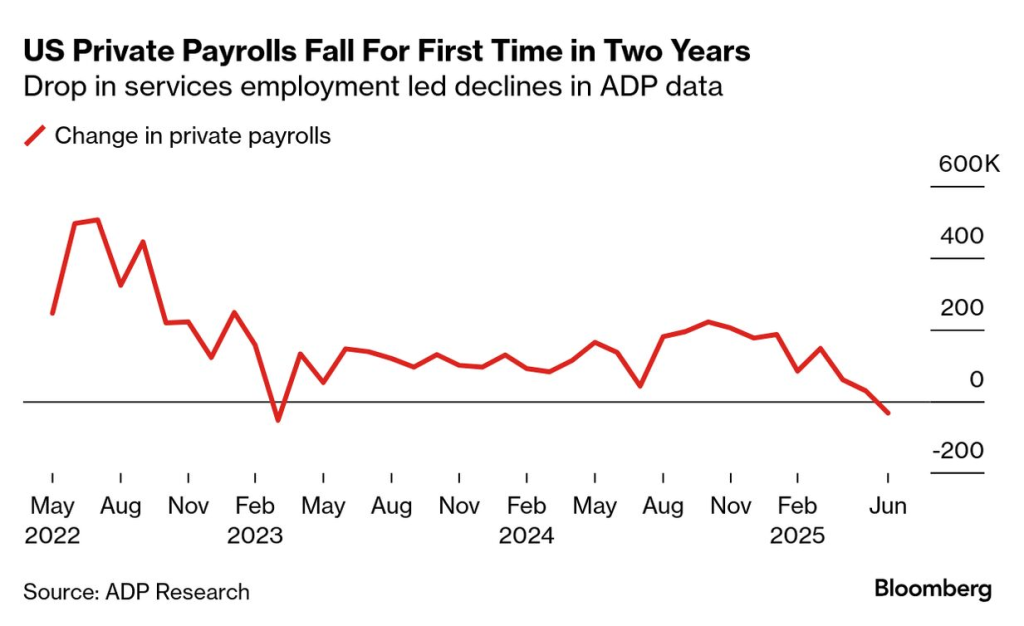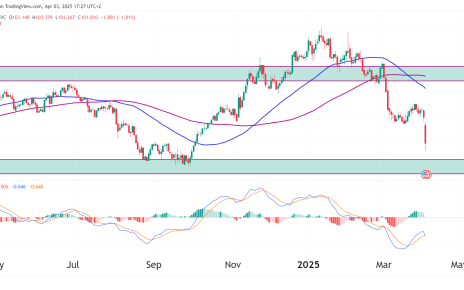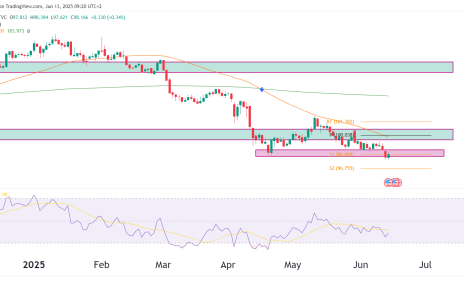- The US economy added 147,000 jobs in June, beating estimates.
- Iran said it had suspended cooperation with the UN nuclear watchdog.
- Support for oil prices came after the US signed a trade deal with Vietnam.
Oil held steady on Thursday after an upbeat US monthly jobs report. Meanwhile, prices jumped on Wednesday after Iran suspended working with the UN nuclear watchdog. At the same time, demand increased after the US signed a trade deal with Vietnam. However, downbeat US employment data and a surge in crude inventories kept a lid on gains.
Data on Thursday revealed that the US economy added 147,000 jobs in June, beating estimates. At the same time, the unemployment rate came in at 4.1%, compared to the forecast of 4.3%. The positive report eased worries of an economic slowdown that would impact oil demand.
Iran said it had suspended cooperation with the UN nuclear watchdog. According to the country, the watchdog has been siding with Western countries. The move renewed tensions about a potential escalation in the nuclear conflict, which could disrupt oil supplies and tighten the market.
Further support for prices came after the US signed a trade deal with Vietnam. The country will now incur a 20% tariff for most of its imports to the US. The deal boosted optimism over more such agreements before the July 9 deadline.
However, market participants remain concerned about the progress of the talks. Major trading partners, such as the Eurozone, have yet to agree with the US. This means there is a risk that tariffs will increase and reignite trade tensions. Such an outcome would darken the outlook for oil demand.

US private payrolls (Source: ADP Research)
Meanwhile, market participants also paid attention to US employment figures for clues on the Fed’s outlook for rate cuts. The economy lost 33,000 jobs in June, compared to the forecast of an additional 99,000. The poor report raised concerns about the labor market and the economy as a whole. A slowdown would have a significant impact on oil demand. However, it also increases pressure on the Fed to lower borrowing costs.
Elsewhere, data revealed an unexpected surge in crude inventories, indicating weak demand. US stocks increased by 3.8 million barrels last week. Meanwhile, economists had expected a 1.8 million barrel decrease.
Further downward pressure for oil comes from the expectations of an increase in supply. The OPEC+ organization is set to hike output again next month.




